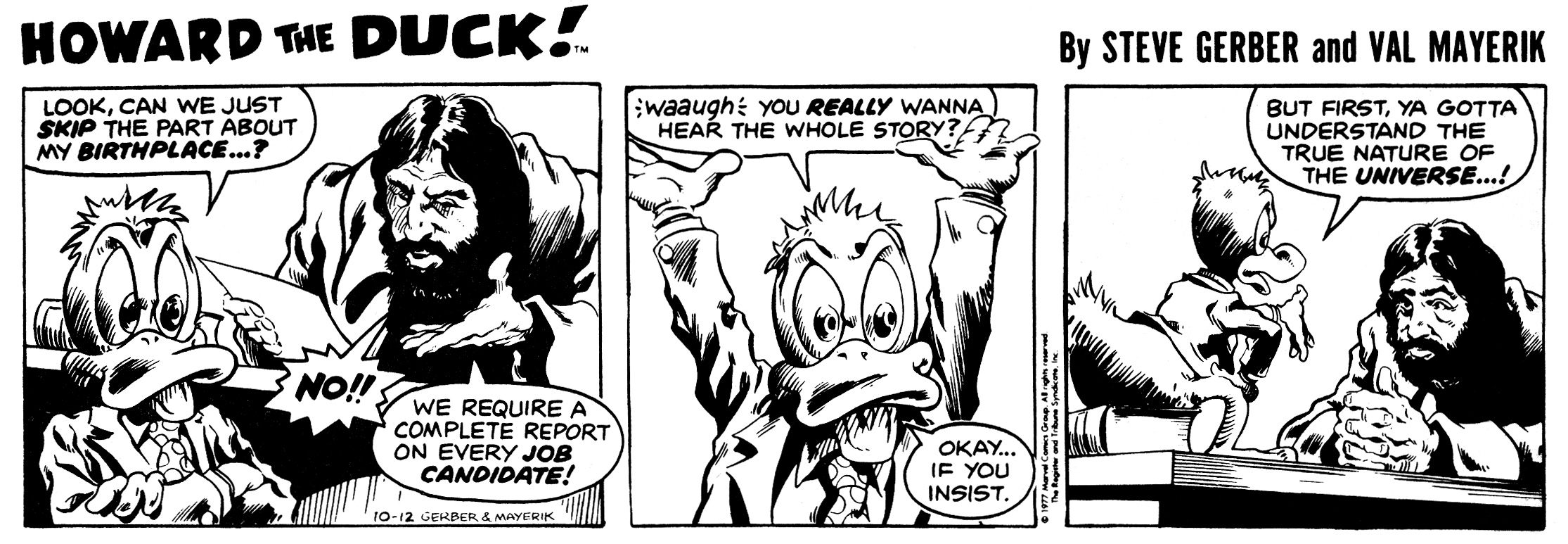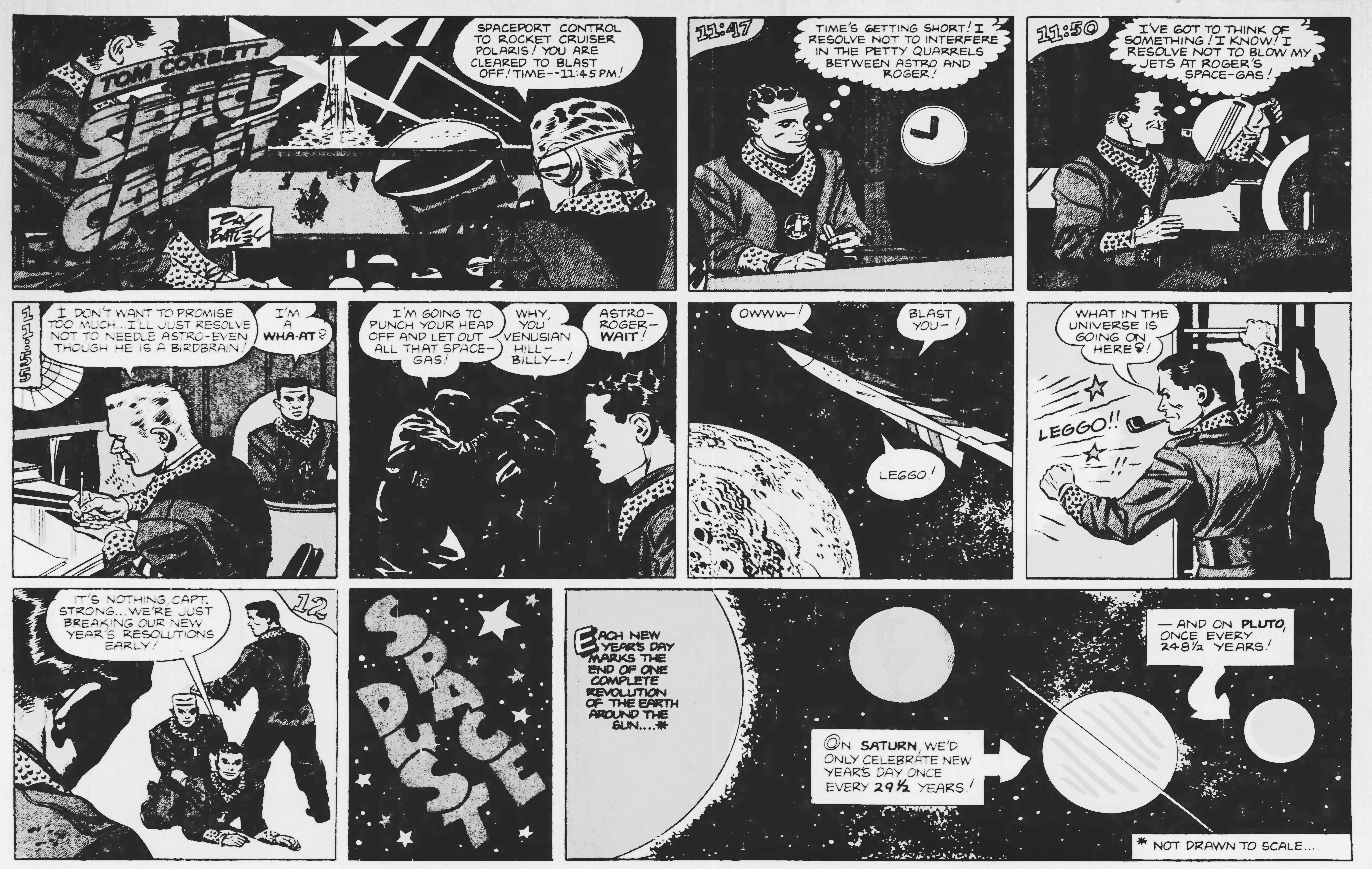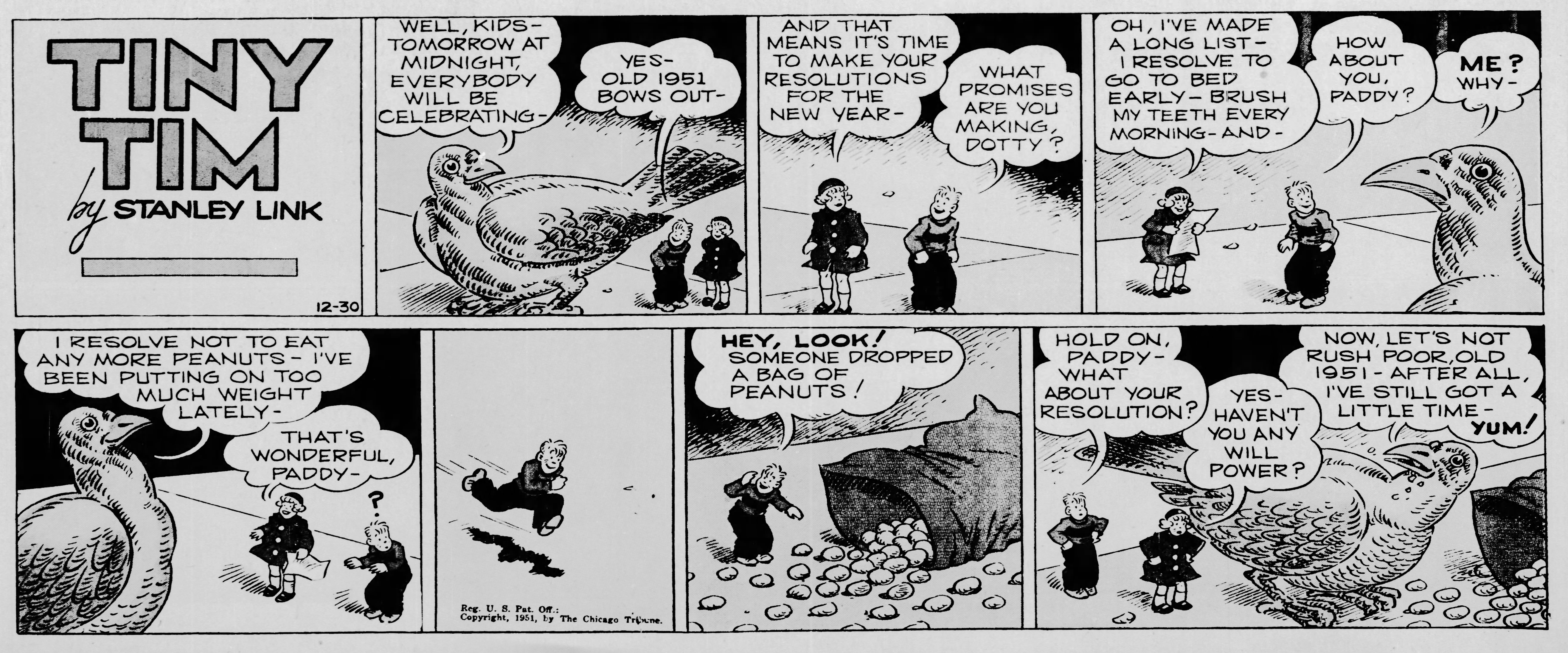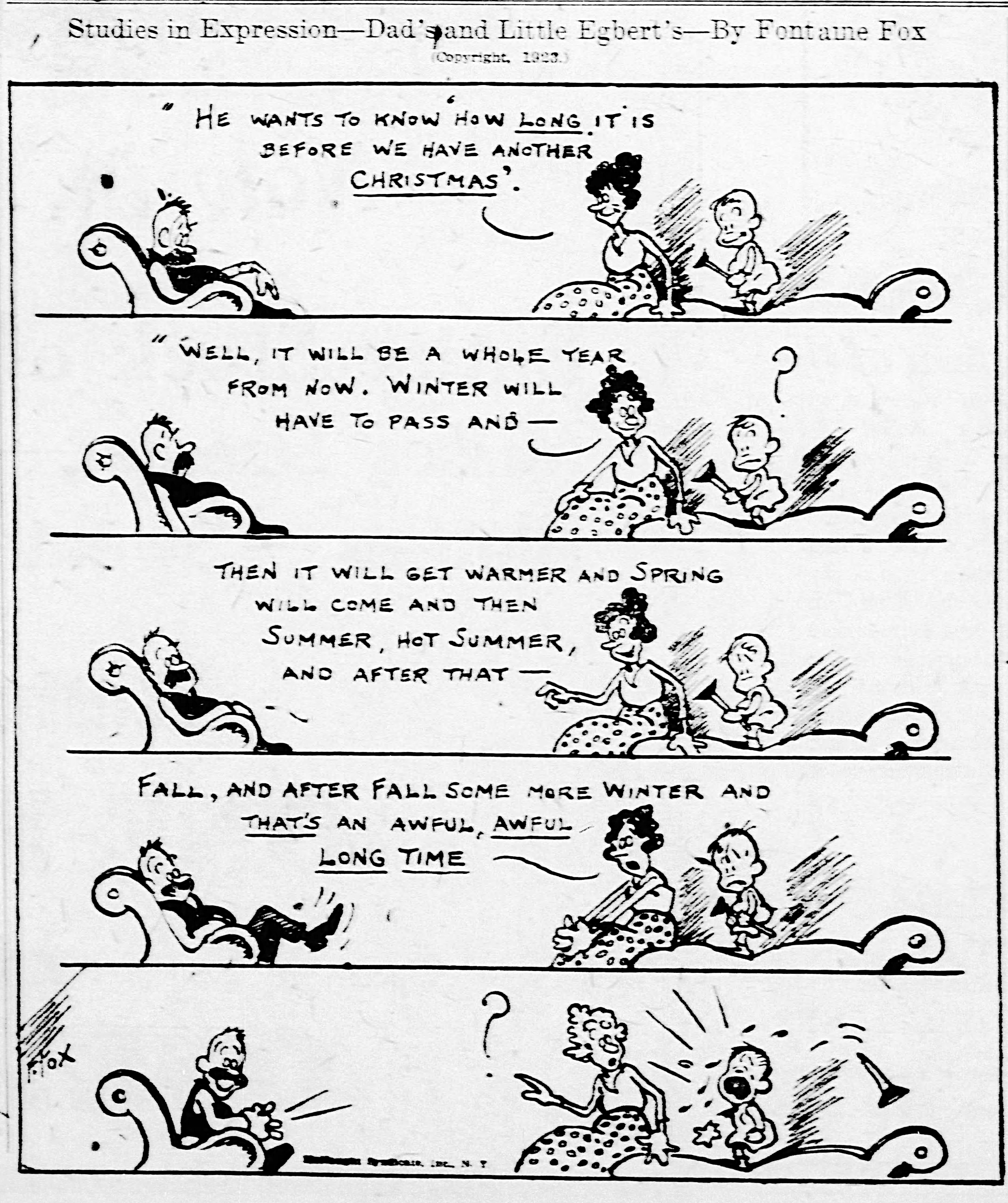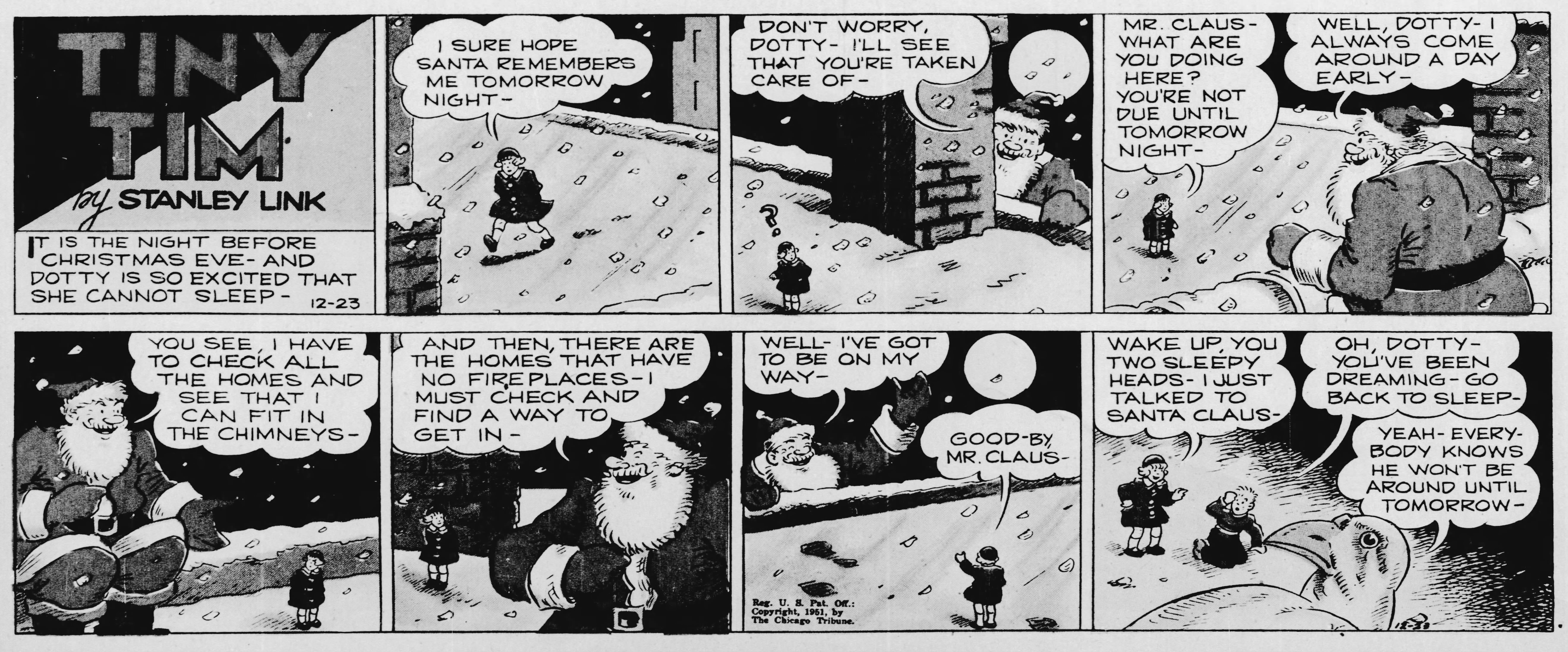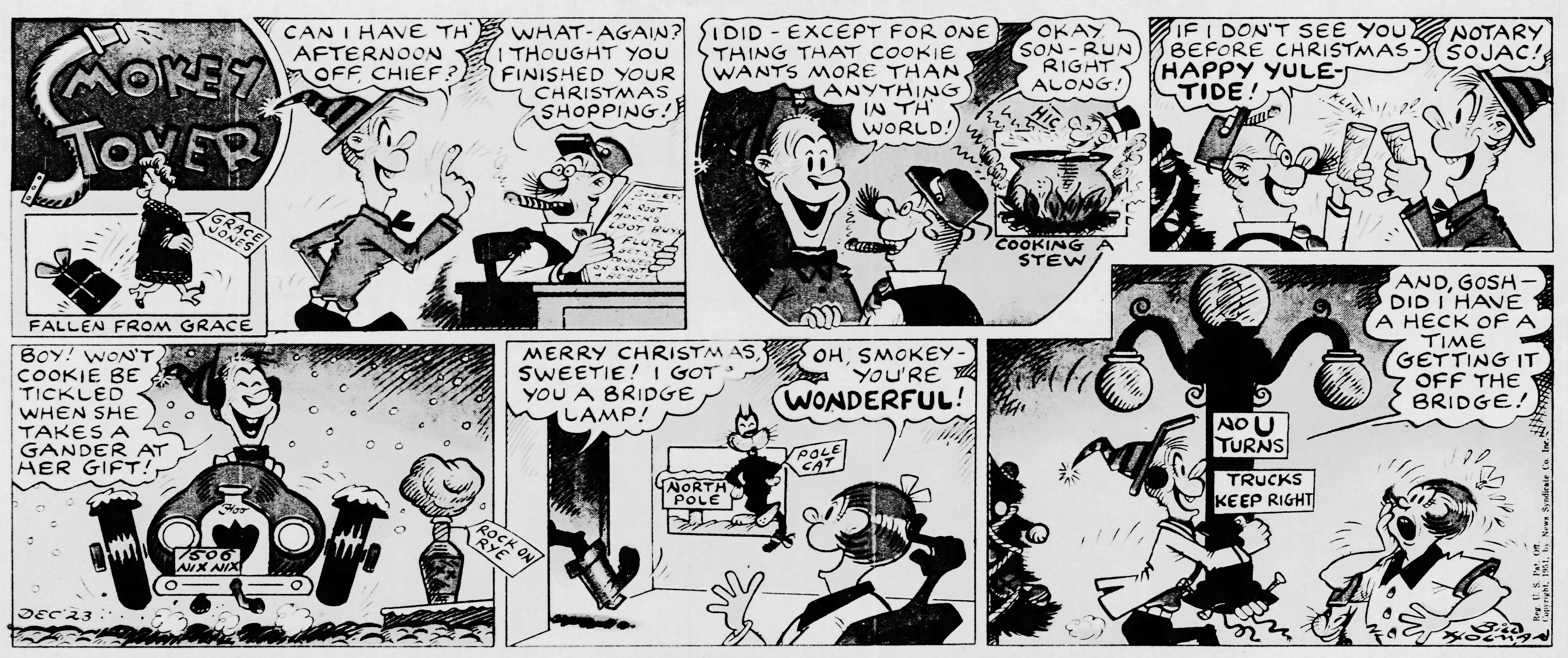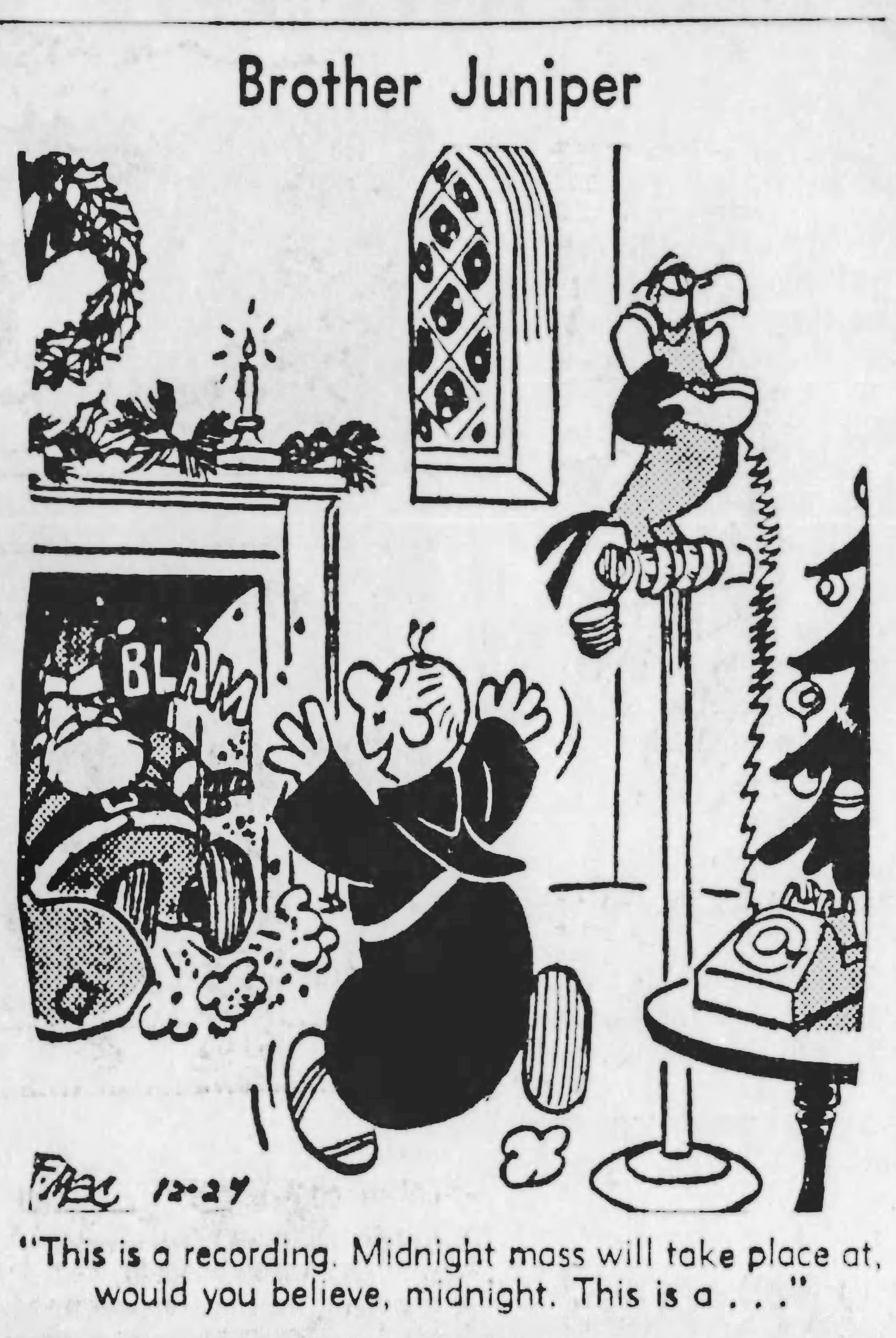There's a lot to this one, so buckle in.
Steve Gerber was a writer for several Marvel and DC comic books, but his best known creation is the satirical "funny animal" character Howard the Duck. Howard was originally portrayed as a Donald Duck-esque character, but with a much more abrasive personality. In fact, Howard's appearance was so similar to Donald Duck that at one point Disney contacted Marvel Comics requesting that they change the design. Marvel agreed to give Howard a pair of pants, something that Donald absolutely never wears, so as not to infringe on Disney's copyright. Gerber was none too happy about this, and wrote a story about Howard forcibly being given a pair of pants that he subsequently removes. Howard wore no pants for the remainder of the time Gerber wrote him, though the pants were added after Gerber was replaced. I'm not sure how much it matters now that Disney owns Marvel, but I digress.
Howard first appeared in the Man-Thing backup feature in Adventure Into Fear #19 in 1973. He continued to appear in backup features in that comic as well as the Man-Thing comic until 1976, when he received his own title. Howard's solo title proved to be popular enough that the same year, Gerber had Howard make a satirical bid for the presidency, running under the All-Night Party banner. Howard reportedly received thousands of actual, real write-in votes that year, though it wasn't enough to defeat Jimmy Carter. Still, it showed that Howard's popularity was only on the rise.
Possibly in an attempt to bring Howard more into the mainstream, a year later in 1977 Marvel decided to publish a Howard the Duck newspaper comic, written by Gerber himself, and distributed by the Register and Tribune Syndicate. Gerber was quite excited at the prospect, as it would reach a much wider audience than the comic book would, as well as give him some extra income. Although Howard the Duck looks silly and stupid on the surface, Gerber always took writing it very seriously; he wanted to use the satire of the comic to bring important issues to light, and not simply entertain just for the sake of it. The problem, however, was that he tended to use graphic violence and highly suggestive themes in order to accomplish this. It didn't really seem like something that would be suited for the newspaper. Much of the way Gerber wrote the comic book would need to be toned down for the strip, and Gerber was very aware of this. Still, he tried to keep the strip as close in spirit to the comic book as possible, within the restrictions of the newspaper. The strip started out in around 100 newspapers, and fans seemed to really enjoy it.
Newspaper editors, Marvel editors, and syndicate heads felt differently. The strip only lasted until October of 1978, and while it had started strong, by April of 1978 many newspapers had dropped it. It was only in around 20 papers by that time. Jim Shooter, Marvel editor-in-chief, decided at that point to take Steve Gerber off of the strip and put in a new creative team.
This is where things get messy.
It's difficult to say why Steve Gerber was taken off of the strip, because the story differs greatly depending on who you ask. Marvel President James Galton sent Gerber a formal termination letter, supposedly also giving a reason for the termination, but the letter has never been made public. Jim Shooter, who had taken over as editor-in-chief not long before firing Gerber, stated that it was simply due to Gerber consistently missing deadlines. Gerber was notorious for turning in comic book work late, and generally in the comic book world this can be dealt with by simply delaying the publication of the comic book. It doesn't work this way in the newspaper world. Newspapers are published on a very tight schedule, in order to be timely and up-to-date. Comic strips generally have to be ready for publication weeks in advance, or newspaper editors get very upset, and in the case of Sunday strips, there needs to be enough lead time to account for the color plating process. This isn't as much of a problem with gag-a-day strips with no continuity, as the syndicate can just send out whatever gags are ready in any order. Howard the Duck, however, was a continuity strip, and according to Shooter and the syndicate, Gerber was turning in work only 6 days ahead of printing, and sometimes even later. Editors were not happy with this at all, leading to many newspapers dropping the strip. The syndicate was even threatening to stop publishing the strip entirely if they didn't hire a new writer.
Marv Wolfman, who took over as writer on the strip after Gerber was fired, speculated that in addition to the deadline issue, it was due to newspaper editors simply not understanding the stories, even though readers certainly did, leading many of them to drop the strip. Gerber believed it had more to do with arguments he had with Marvel over the payment of artists. He stated that the syndicate generally wouldn't pay for a few months after publication, and Gerber wanted the artists to get paid in advance. The advance would have to come from Marvel, but Marvel refused to do so. Gerber is the only one to claim this, as none of the artists on the strip, the main one being Gene Colan, have ever mentioned payment being an issue.
Reasoning aside, Gerber did not take the termination well, and his subsequent actions may or may not have led to him being fired from Marvel completely. As with his termination from the newspaper strip, Gerber's story and Marvel's story about why he was removed from the company differ greatly. Jim Shooter as well as Marvel publisher Stan Lee both contended that his tardiness in turning in comic book work as well as newspaper work led to him being fired, as his contract with them stipulated a certain quota over a certain period of time, which he had not met. Gerber contended that it was for several other reasons, not the least of which was his threatening to sue them for the rights to the Howard the Duck character.
While certainly not the entirety of the reasoning, it may have been part of it. Generally, employers don't take kindly to their employees threatening to sue them. Either way, it seems that Gerber only did so due to a misunderstanding he had about the contract he signed with Marvel, and what rights it gave him to Howard the Duck. A few months after the newspaper strip began, Gerber signed an exclusivity contract with Marvel, which stipulated the amount of work he was required to turn in over the course of the year, and in return allowed him certain privileges relating to Howard. He was given right of first refusal on scripting and editing any Howard the Duck comic projects, the right to be consulted on any creative teams for Howard comic projects he chose not to work on, and the right to be consulted on any future Howard movie or TV projects. The problem, however, is that these privileges would only be extended to him as long as he was employed by Marvel. All rights and privileges would be revoked as soon as he was terminated, and Marvel would retain all rights to the Howard the Duck character.
Gerber seemed to not understand this when he signed the contract, because as soon as he was terminated from the newspaper strip, he contacted Marvel letting them know that he would be taking back all rights to the character, plots, themes, and settings, and threatened to sue Marvel if they infringed on these rights. Gerber had no such rights, either in the exclusivity contract he signed, or the newspaper strip contract that he signed prior to that. Marvel clearly knew this, and did not reply to Gerber about it. Tardiness was certainly a good enough reason to fire him, but threatening the company you work for with a lawsuit is never a good look. Marvel never explicitly stated this was a reason for his ultimate termination, but Gerber believed it was at least a contributing factor.
After this, Gerber seems to have left it alone for a while. No lawsuit surfaced at that time, and while Howard comics continued, they didn't do very well without Gerber. Comic books continued, now with Howard happily wearing pants, but they didn't sell well. The newspaper comic continued under Marv Wolfman and Alan Kupperberg, but it was not well liked by anyone involved. Stan Lee called it the worst thing he'd ever seen, and Wolfman seemed to agree. Given how late Gerber had been turning in scripts, when Wolfman took over he had very little time to write anything for the upcoming strips. Further, they wanted to turn it into less of a continuity strip and more of a gag comic, something Wolfman was very aware he was not good at. The strip ultimately ended in October 1978.
Gerber, still believing that he owned the rights to Howard, would take Marvel to court eventually in 1980, though he would ultimately lose. The contracts he signed made it clear that Howard the Duck was not his intellectual property.
For more information:
The Hooded Utilitarian for an extensive look at the entire story, including many source documents.
